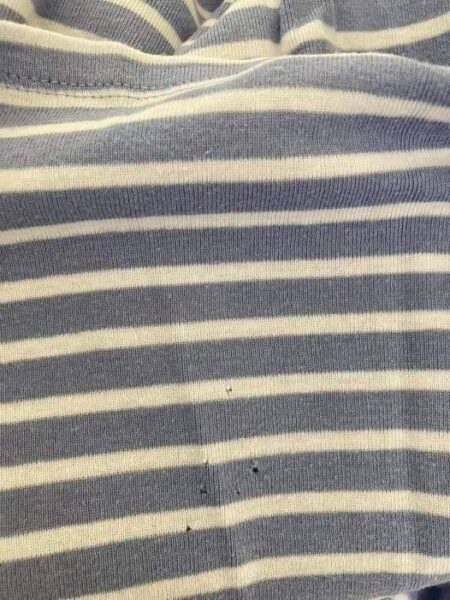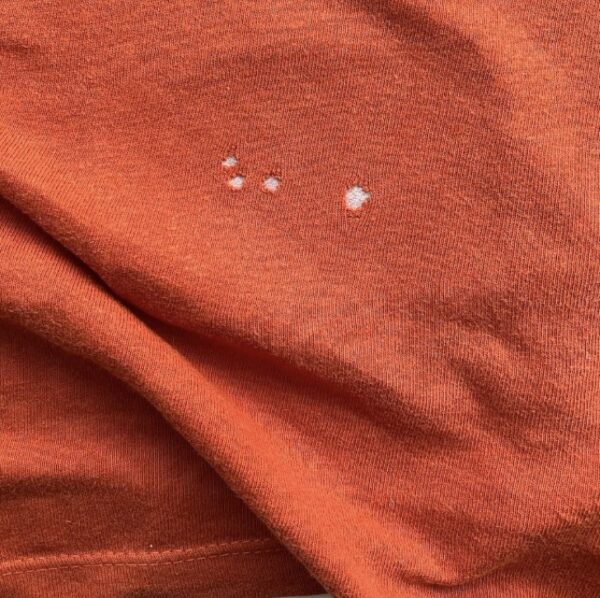It seems almost everyone has experienced the disappointment of discovering holes in their favorite garments. If you haven’t yet faced this common wardrobe malfunction, you’re either incredibly fortunate or you’ve mastered the art of clothes preservation. For the rest of us, finding small, pesky holes in our clothes is an all-too-familiar scenario.
This issue isn’t just a minor nuisance; it often forces a decision between reluctantly wearing the damaged item or discarding a beloved piece.
Many choose the latter, but before you toss out another t-shirt, let’s explore the causes of these holes and discuss practical solutions to prevent them.

While moths are infamous for chewing through fabric, not every hole can be attributed to these critters. However, if moth activity is suspected, it’s crucial to address infestations promptly with appropriate measures like mothballs or cedar blocks in your wardrobe.
Regular wear and tear is a more common cause of holes. Fabric can weaken from repeated use and washing, leading to tears, especially in older clothes.
Sometimes, clothes get caught on zippers, belts, or rough surfaces like unpolished wood or bricks. These snags can quickly turn into noticeable holes, particularly in delicate fabrics.

Belts and buckles are often the culprits for holes around the midriff area. Opting for a beltless outfit or smoothing the edges of your belts can mitigate this issue.
Overloading the washing machine is a common mistake that can stretch and tear fabric. It’s also wise to turn garments with delicate embellishments inside out to protect them during the wash cycle.
While effective for whitening, chlorine bleach can weaken fibers and cause holes. Use bleach sparingly or opt for less harsh alternatives.
Be extra cautious around rough surfaces and protruding objects like nails or splinters that can catch and rip your clothes.
Do holes in your clothes drive you to despair, or have you found ingenious ways to prevent or repair them? Share your experiences and tips in the comments below.







